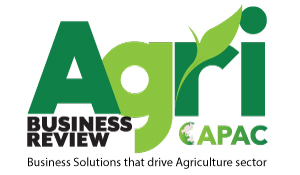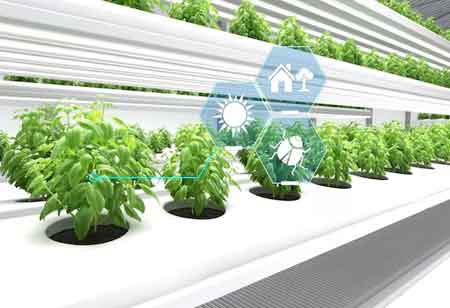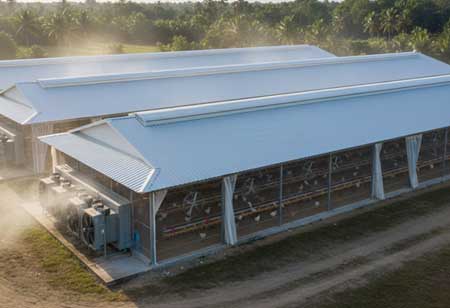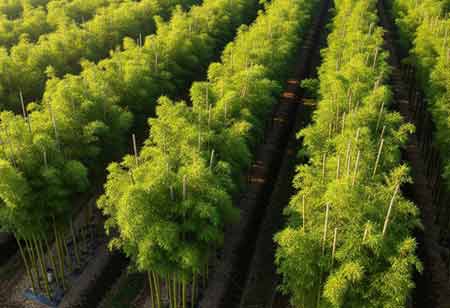Thank you for Subscribing to Agri Business Review Weekly Brief
Digital Agriculture Paving the Path to Prosperity
Digital agriculture utilises cutting-edge technologies that are integrated into a single system to increase food production for farmers and other stakeholders in the farming industry.
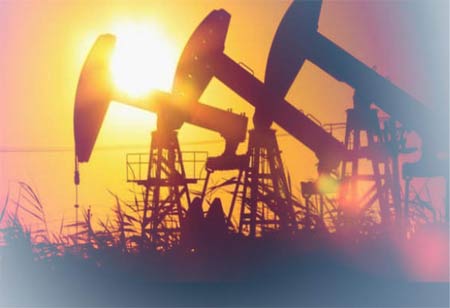
By
Agri Business Review | Tuesday, April 04, 2023
Stay ahead of the industry with exclusive feature stories on the top companies, expert insights and the latest news delivered straight to your inbox. Subscribe today.
The world is fast becoming a digital ecosystem with transformations penetrating every sphere of human endeavour. Experts warn that organisations and sectors that fail to digitally transform in the coming years may be left to settle for the crumbs that fall off the table of a commercial boom in the future.
Digital agriculture utilises cutting-edge technologies that are integrated into a single system to increase food production for farmers and other stakeholders in the farming industry. The majority of farmers today base their decisions, like how much fertiliser to apply, on a mix of approximate measurements, experience, and suggestions. The outcomes are typically not seen until harvest time after a course of action has been decided upon.
A digital agriculture system, on the other hand, collects data more frequently and precisely, frequently combining sources from outside the system. (such as weather information). To help the farmer make better choices, the combined data is examined and interpreted. Robotics and sophisticated equipment can then be used to quickly put these decisions into action with greater precision, and farmers can receive immediate feedback on the results of their decisions.
The technologies used frequently rely on the principles of the Internet of Things and include sensors, communication networks, unmanned aerial systems (UAS), artificial intelligence (AI), robotics, and other cutting-edge machinery. Each of these contributes something worthwhile to farming, from information gathering through administration and processing to direction and guidance. This integrated system provides fresh perspectives that improve the capacity to decide and then carry out those choices.
Digital agriculture can increase agricultural productivity, consistency, and effective use of time and resources. This has significant advantages for farmers as well as global societal gains. Creating new, disruptive possibilities also makes it possible for organisations to share information across conventional industry boundaries. Although the practice is relatively novel, the costs are high, and the specifics of the long-term advantages are rarely available, digital agriculture has the potential to revolutionise how farmers create the food that feeds the world. So, to ensure its broad adoption, the value chain will need to work together and agree on how to address these issues.
A digital farm is much more effective and sustainable than a conventional one. Artificial intelligence, the Internet of Things, mobile technologies, and other digital solutions are just a few of the many strategies that are being used to introduce technology into the agricultural industry. The following are just a few of the numerous advantages of digital agriculture:
Streamlined communication: Teams in the agricultural sector have grown to rely heavily on automated workflows. Data had to be physically gathered, delivered, and processed using paper forms and outdated spreadsheets. Agricultural data can be easily gathered in the field and sent immediately to management and other supply chain partners with the help of automated data collection technology from RFID tags and other mobile computing solutions. This increases organisational effectiveness and raises visibility across the entire food supply chain.
Effective monitoring: Farmers may be able to better track the health of their crops and livestock thanks to technology. Wearable sensors can be used to measure temperature in livestock, and drones are now being used to survey fields, evaluate soil quality, and plan seeding schedules. Animation can be used by farmers to forecast the success of different tactics. Additionally, these solutions aid them in managing and keeping an eye on pest and weed activity across their entire business.
Better documentation: Farmers are required to keep detailed records of everything they do when producing food that customers eat. This business is very tightly regulated. However, since digital files cannot be used with manual forms, the procedure is unnecessarily laborious and time-consuming. Farmers can fill out and submit required forms straight from their mobile devices by digitising their business processes. GPS coordinates can be recorded on forms, as well as the ability to submit pictures and videos and even digital signature fields.
More Informed Decisions: Making the right decisions regarding when to plant crops, how to grow them, when to harvest them, who to collaborate with, what prices to charge, etc. is the foundation of thriving agriculture. The use of digital technology has enabled farmers to access detailed information about their performance and the data they need to make more informed decisions. It's also crucial to remember that there is now an unprecedented amount of data accessible, making it nearly impossible to interpret the data gathered without assistance. Nowadays, agricultural businesses can use big data to handle a wide range of issues or avoid issues with planting, harvesting, selling, and moving crops.
Save time and money: Saving farmers time and money is one of the main reasons for adopting digital agriculture. A farmer may be able to increase yield and complete the task more quickly while lowering expenses by better planning a field using GPS technology and cutting-edge insights. Of course, the majority of technological options have a cost. Nevertheless, as farmers start to see the time and money savings connected to greater efficiency and improved visibility, those upfront costs can be rapidly recovered.
Although digital agriculture is still in its infancy, many companies involved in this sector have started to take notice. Businesses have been investing in digital upgrades like automation, RFID tracking, mobile computing, and wireless infrastructure as a result of supply chain issues over the past few years. These investments will enhance overall outcomes by improving efficiency and supply chain visibility.
